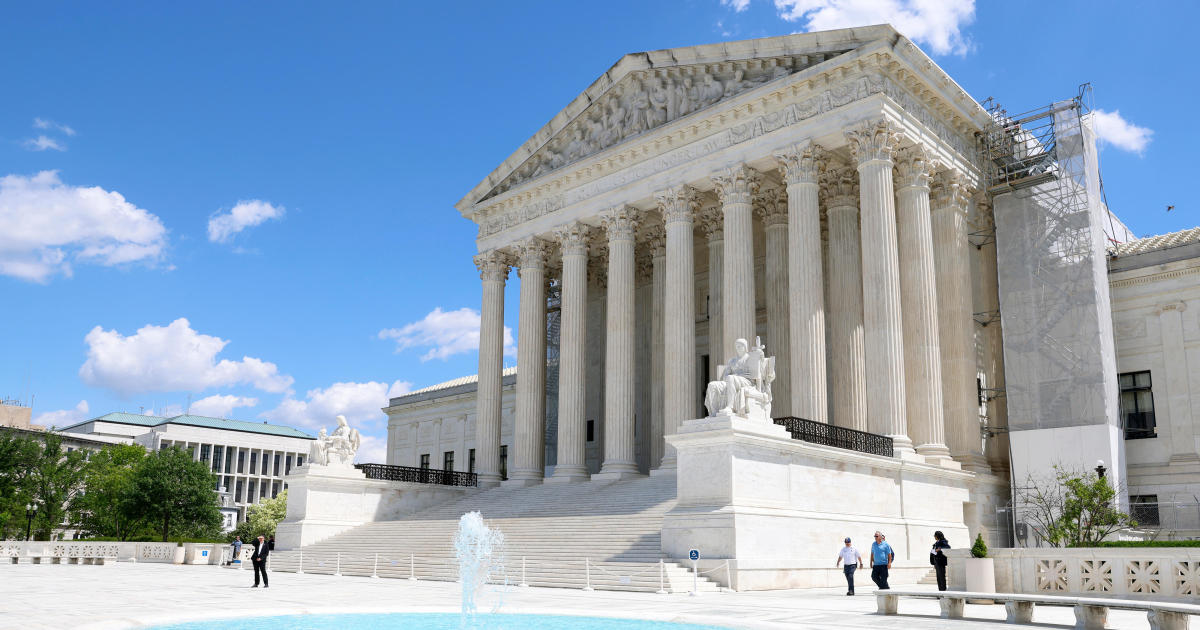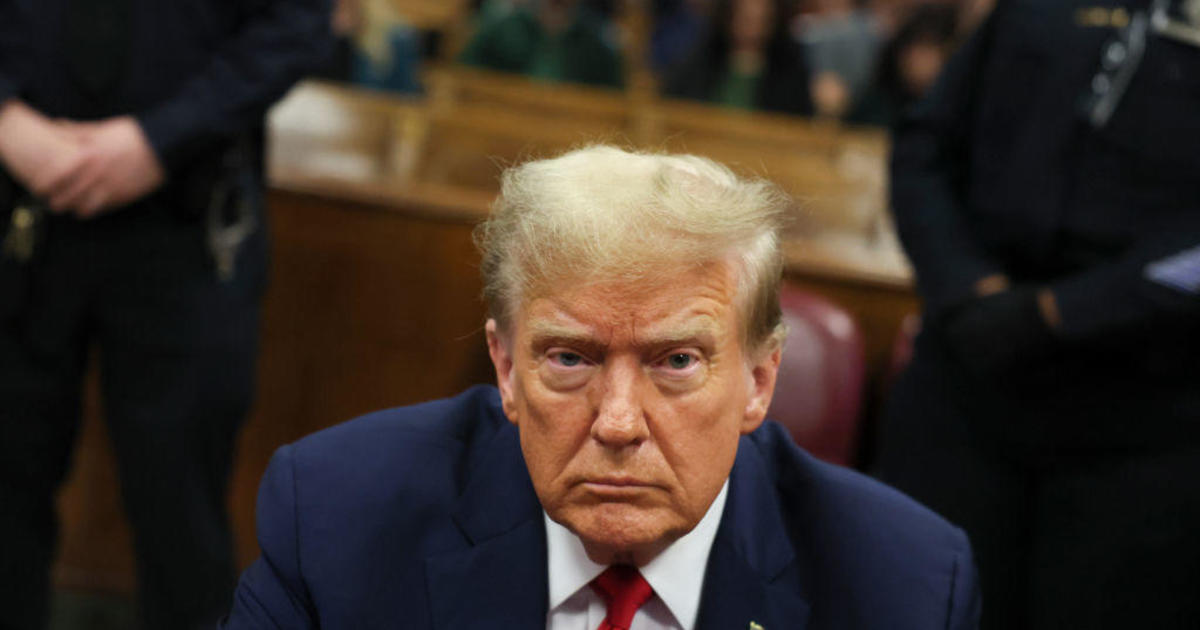100 days: A brief history of a presidential benchmark
The White House is gearing up for its own version of a 100-day report card, although the commander-in-chief seems to harbor mixed feelings about it.
A few days ago, President Trump has tweeted about how “ridiculous” the 100-day standard is:
But on the campaign trail, candidate Trump rolled out a 100-day Contract with the American voter -- at Gettysburg, no less. Mr. Trump held himself to this standard, as other presidents have. So scrutiny, it seems, is justified.
Let’s take a look at the origins of the 100-day milestone -- it’s served as an important benchmark in the past. In the centuries since it came to America, however, its application to current presidential circumstances may be less relevant, however. The late presidential historian Richard Neustadt delved into its history at length -- here are some of the highlights.
“Hundred days” is a French milestone, not American, dating back to 1815 and Napoleon.
When the ex-emperor escaped from his exile in Elba, he rallied the French army, took control of Paris, re-established his reign and set about warring against European powers still arrayed against him. Napoleon lost at Waterloo in Belgium, was forced to abdicate and then exiled again, farther this time, to St. Helena in the South Atlantic (2,500 miles east of Rio de Janeiro).
All of that transpired in 100 days. Historians described it as a significant, albeit brief, epoch.
Franklin Delano Roosevelt and subsequent historians adopted it as a response the Great Depression, most notably the crisis in American banking.
FDR was sworn into office on March 4, 1933 (this was prior to the adoption of the 20th Amendment, which moved the swearing-in of the new Congress to Jan. 3 and inauguration to Jan. 20).
The “lame duck” Congress had adjourned a day before FDR was inaugurated. There was no Congress available and, under the practice of the time, was not due to formally seat itself and take action until December of that year. Yes, December.
Roosevelt had to stabilize the banking system, so he called the new Congress into emergency session, and Congress complied. FDR and Congress passed the Emergency Banking Act on Mar. 9 (basically creating federal deposit insurance), and that created stability matters after FDR explained the law in his first Fireside Chat on March 12.
FDR kept Congress in emergency session until June - passing 16 big bills, including the National Industrial Recovery Act, Tennessee Valley Authority Federal Emergency Relief Administration and Civilian Conservation Corps.
From the beginning to the end of the special session was 100 days. Roosevelt ended the emergency session when he ran out of new ideas to tackle the Great Depression. Congress didn’t return to Washington until December. Journalists began applying the 100-day designation, reaching back to Napoleon and a momentous moment in history.
Ever since, journalists, historians and even presidents have embraced the 100-day marker as a significant marker of accomplishment.
But think about this. When Roosevelt took office he and every other predecessor had from election day until March 4 to prepare a new administration -- four full months. Then it had until December to prepare its agenda, familiarize itself with executive power and patronage before Congress convened in December.
The 20th Amendment (passed in reaction to the Great Depression) changed all that. Now president’s have a shorter transition and bump into Congress immediately, thereby, as Nuestadt argues, limiting time for a honeymoon and setting up conflicts over cabinets and agenda even as the new presidency adjusts to the complexities of power.
Historians argue President Kennedy stumbled into the Bay of Pigs in Cuba within his first 100 days (April 17-20) because he didn’t understand the intricacies and rivalries between the CIA and Joint Chiefs in covert military operations.
Ronald Reagan built a three-month battle plan for action in 1981 and Bill Clinton tried relentlessly to score legislative victories in 100 days.
But most significant accomplishments in any administration happen after 100 days -- for all of Reagan’s planning his tax cuts and spending plans were not approved until August 13 (Sandra Day O’Connor was nominated to the Supreme Court on July 1 and Reagan fired 11,345 striking air traffic controllers on August 5).
The Obama 100 day record has the stimulus bill, the Lilly Ledbetter pay equity act, an increase in U.S. troops to Afghanistan of 17,000 and an announcement to pull troops out of Iraq by the end of 2011. This was also done amid an economic crisis - the Great Recession.
In any event, Mr. Trump has invited attention to the 100-day marker. So have other presidents.
Unified control of Congress and the executive branch have raised expectations for quick results, and Mr. Trump and GOP leaders have fed those expectations. But that’s no guarantee of action -- ask George W. Bush, who didn’t pass his first tax cut until June 7 or put pen to his signature education legislation, No Child Left Behind, until January 2002. Technically, however, by the time No Child Left Behind was being debated in Congress, Republicans no longer controlled the Senate. Republican Sen. Jim Jeffords announced he would be independent and caucus with Democrats soon after the Bush tax cuts passed, giving control of the Senate to Democrats briefly.
But in an era of reflexive, almost instantaneous partisanship it is worth asking how much -- outside executive authority -- can be accomplished by a president in a mere 100 days.
The FDR experience is unique in American history -- and the 100 milestone distinctly French.
Presidencies continue long after their 100th day mark, and the 200th or 300th day can be as important, if not more so.




